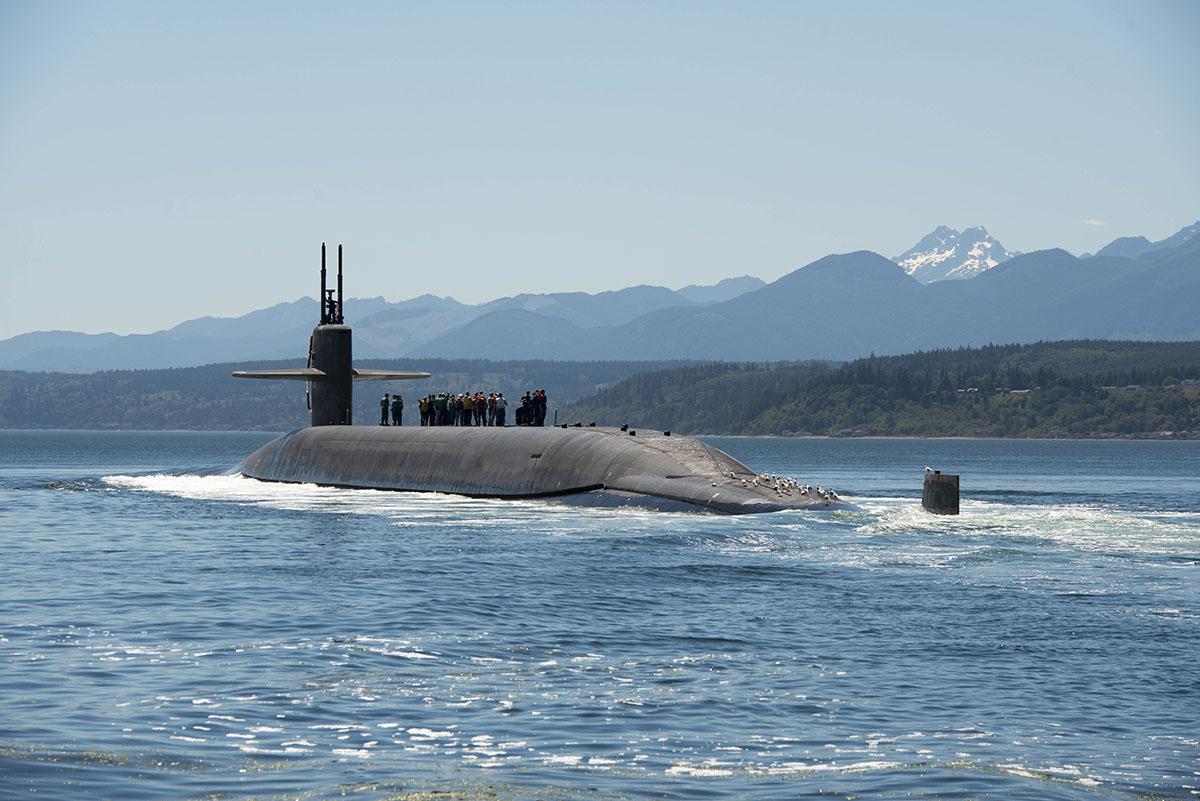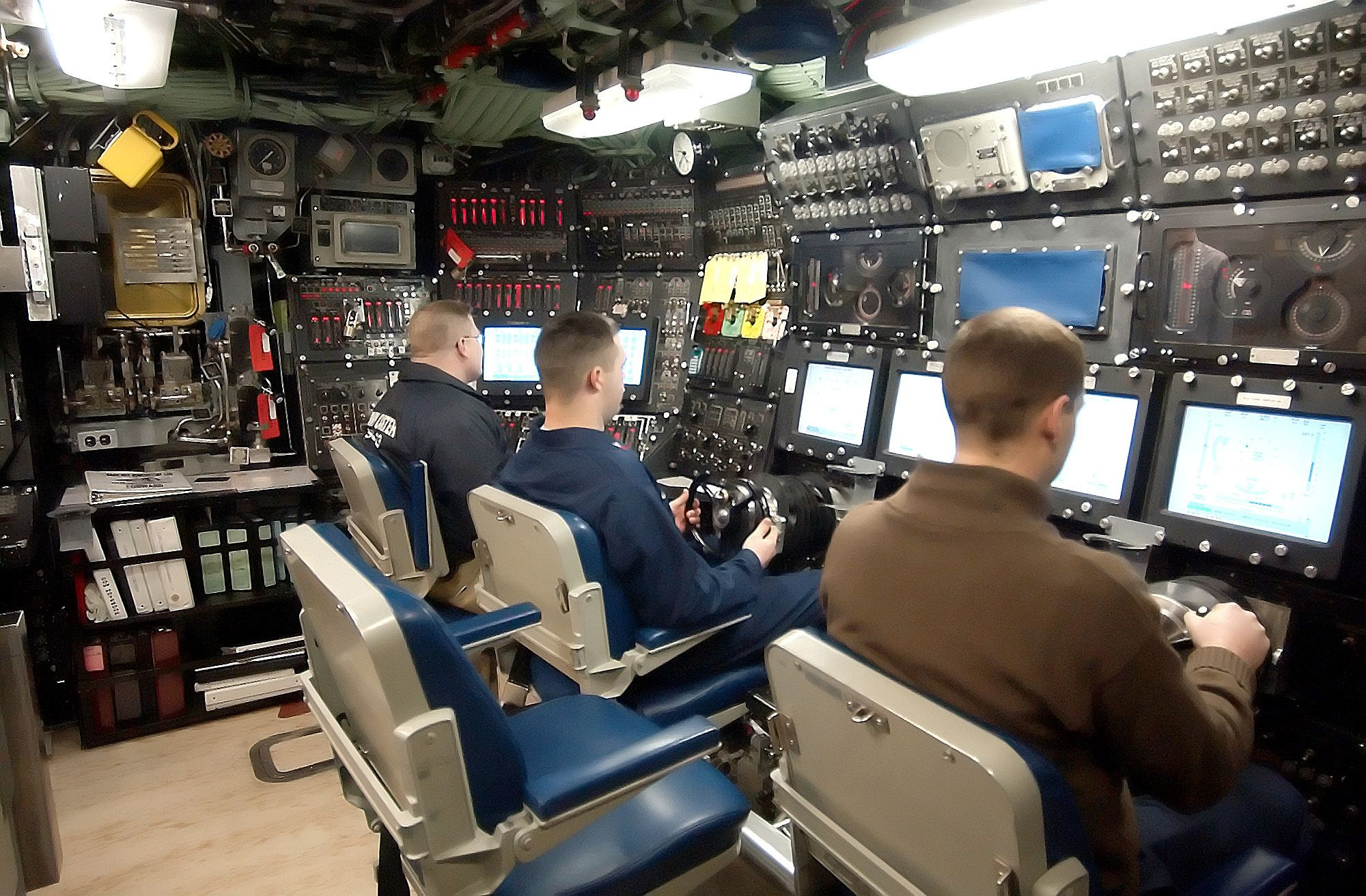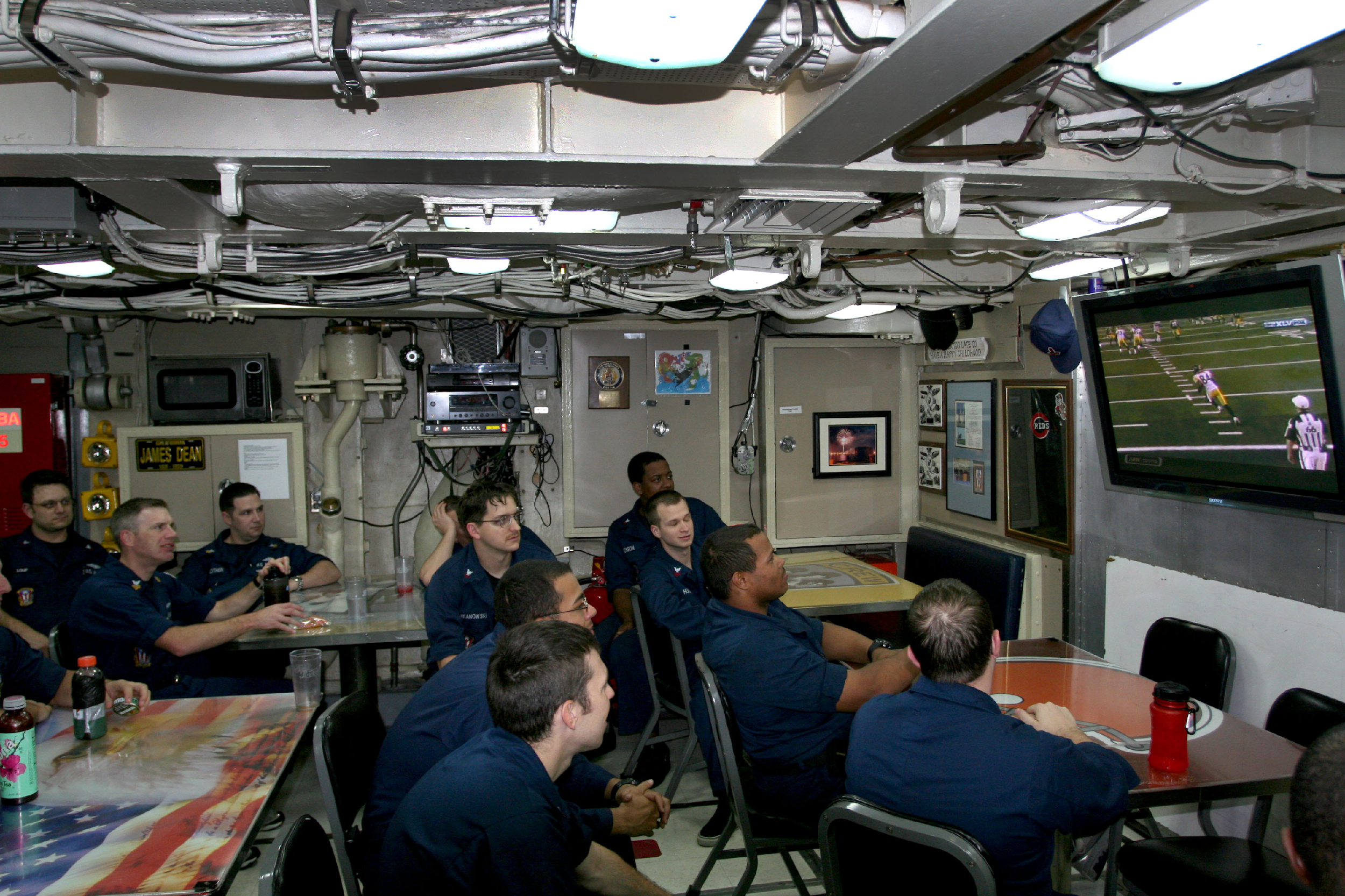
Submarine Toxic, Hazardous, and Radiation Exposures
U.S. Navy submarines are the most technologically advanced and stealthy warship in the world. For 125 years, Submariners have confidently and proudly volunteered to sail under all the world’s oceans to protect our national interests, prevent nuclear war and provide a silent and unseen global presence.
A small group of veteran Submariners began discussing the various toxins and hazardous chemicals they were exposed to while deployed onboard submerged submarines.
Eventually, these discussions turned to the countless stories of brother and sister Submariners who had developed health issues during or after their Naval service.
These discussions led to the formation of the Submariners’ Advocacy Group (SAG) in April 2024.
SAG was founded by 15 Submariners who recognized the need for action on behalf of the estimated <300,000 Submariners in the U.S. population.
Submariners
Every Submariner is a volunteer. Not only are they expected to become an expert in their career field, but they must also become an expert in the submarine itself.
Every member of the crew must learn the purpose, function, and how every system on board works. They must understand the basics of nuclear power, electrical distribution, ventilation and atmosphere control, hydraulics, weapons systems and how the boat itself is constructed.
They must become experts in combatting casualties like flooding and fires, as well as know where every piece of damage control equipment on board is located and most importantly, how to use it. In addition to those tangible skills, they must form a mutual bond of trust and respect. This applies to every member of the crew from the Commanding Officer to the newly reported junior Sailor.
Every Submariner must undergo an intense and challenging qualification process designed to test them mentally and physically. Once they have demonstrated their knowledge, trust, and gained the respect of the crew, they earn the coveted warfare insignia of a U.S. Submariner – Dolphins.
Earning one’s Dolphins demonstrates a commitment to excellence unmatched by any other branch in the U.S. Military
Submarine Atmosphere and Monitoring
In 1955, nuclear power changed submarine technology forever. With an unlimited source of power for propulsion and electricity, nuclear power gave submarines the ability to remain submerged for much longer periods of time.
Maintaining a habitable atmosphere for the crew was a critical factor for both supplying the oxygen required to breath and to remove byproducts such as carbon dioxide. To prolong the length of time a submarine could stay submerged, three critical pieces of equipment were developed: The Oxygen (O2) Generator, Carbon Dioxide (CO2) Scrubber, and the Carbon Monoxide – Hydrogen (CO-H2) Burner.

Oxygen is created by the O2 Generators by using the process of electrolysis from seawater that has been distilled, filtered, and deionized. It is stored in large storage tanks vented directly to the ship’s atmosphere.
Carbon dioxide is removed from the atmosphere by utilization of the chemical monoethanolamine (MEA or amine). At room temperature MEA absorbs CO2. Heating MEA allows it to release CO2 efficiently before disposal through a diffuser overboard.
The CO-H2 Burner uses a very high temperature baseplate that converts carbon monoxide into carbon dioxide and hydrogen gas into water vapor. These critical pieces of atmosphere control equipment work together with the ship’s ventilation system.

The ship’s ventilation system consists of large recirculation fans, dampers, blowers, as well as the ship’s emergency diesel engine. The ventilation system can be used to evacuate smoke and toxins resulting from casualties by using the diesel engine as a high-powered exhaust fan. Dampers and valves can be configured to force air from low pressure blowers into the submarine’s ballast tanks while surfacing or running on the surface.
A sophisticated monitoring system known as CAMS keeps the submarine’s atmosphere in check. Sensors in every habitable space onboard sample the atmosphere and monitor for abnormalities. Atmosphere readings are reviewed every hour by a senior member of the watch team. In the event an out of specification reading is detected, an alarm will sound, and immediate actions are taken by the crew to regain control of the ship’s atmosphere.
Based on publicly available information, it can be presumed that atmospheres on U.S. Navy submarines have not been adequately studied, measured, or monitored. There is a need for the collection of more substantial data on the long-term effects of exposure to the submarine atmosphere and the contaminants it contains.
Toxic & Hazardous Chemicals
There are potentially 130 or more chemicals that could be classified as submarine atmospheric contaminants. In 2007, an NRC report only focused on 26 individual chemicals or gases, only 20% of the known or possible contaminants present in the submarine atmosphere.
Surveys recommended by 1983 and 1988 reports were not performed by the time the NRC COT subcommittee was established in 2002. Failure to conduct these studies has resulted in an inadequate understanding of the toxicity of the atmospheres onboard submarines. As a result of the studies having not been conducted, tens of thousands of Submariners have been continuously exposed to these hazardous chemicals.
The three-volume report of 2007 to 2009 admitted the failure to address exposure to chemical mixtures and the potential for antagonistic, additive, or synergistic interactions between contaminants present in the submarine environment.
The findings and recommendations were based on widely accepted industry standards regarding exposure limits. However, they failed to take into consideration that onboard a submerged submarine, human exposures are continuous for 24 hours a day for months on end in the sealed environment of the submarine.
This report focuses on only a few of the known gases, chemicals, and other atmospheric contaminants present in U.S. Navy submarine atmospheres. The following gasses and chemicals will be the focus of the SAG Report:
Oxygen
Submariners are routinely subjected to O2 levels below the normal atmospheric level of 20.9% and often in hypoxic, or O2 deficient levels less than 19.5%
Carbon Dioxide
The atmosphere on a submerged submarine often runs with higher than accepted exposure limits for CO2. The NRC recommended 90-day levels be increased to 0.8%, 20 times greater than the amount of CO2 contained in normal air (0.04%).
Monoethanolamine (MEA / Amine)
Amine vapor escapes from the CO2 Scrubbers and permeates every porous material onboard the submarine; skin, clothing, bedding, and paper. There have been no studies on the long-term exposure to amine experienced by Submariners. Amine is acutely toxic.
2,6-di-tert-butyl-4-nitrophenol (DBNP)
2,6-di-tert-butyl-4-phenol (DBP) was used as a preservative in 2190 TEP, the submarines’ main lube oil. When TEP was released into the submarine atmosphere, went through electrostatic precipitators, DBP was converted to DBNP which has been identified as an acute toxin.
Benzene
Benzene has been widely studied and is identified as a carcinogen and is acutely toxic. It is used in many applications throughout submarines.
Asbestos
The hazards associated with asbestos have become common knowledge. In the past it was used extensively in insulation and other applications as a fire retardant on submarines.
